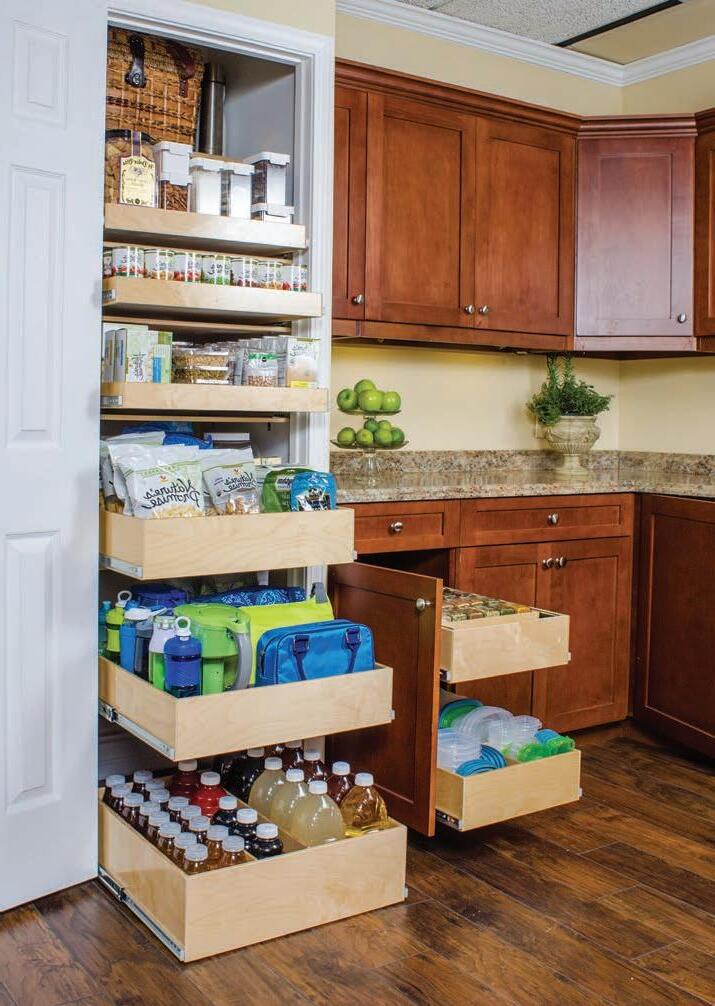
3 minute read
Denver inflation falls to 6.4%, which is still high
Gas prices back to $4
BY TAMARA CHUANG THE COLORADO SUN
Price relief at home? Not quite yet, according to the latest Consumer Price Index for the Denver area. e one-year change in CPI, aka in ation, slowed its pace to 6.4% in January, which happened to be the same as the U.S. at’s lower than the 6.9% in November for Denver and 7.1% in the U.S. But that 6.4% means consumer prices are not only still growing, in ation is still at a 40-year high.

Nearly everything that contributes to the index was more expensive in January than it was a year earlier in Denver. Nonalcoholic beverages?
Up 16.7%. Breakfast cereal? Up 14%. Fruits and vegetables? Up 12.9%. Household energy? Up 13.4%.
Add in the in ation from the prior year and the double-digit increases likely match what consumers have been feeling for the past couple of years — or at least some consumers. While government relief helped many people and businesses get through the pandemic, the severe disruptions resulted in job losses, aggravated supply chain issues and changed consumer demand. e higher prices are being felt unequally, especially if someone is a homeowner or a renter, works remotely or in person, or hasn’t seen their paycheck increase at the same rate.

“Earnings are going up about 5% roughly in the United States. But that means we’ve lost ground. We basically have had negative income for the last couple of years. And that’s hard,” said Stephan Weiler, an economics professor and co-director of the Regional Economic Development Institute at Colorado State University.
“I mean people get excited about a 3% raise or 5% raise. Unfortunately, it’s not even keeping up with in ation. And that doesn’t go away. ese prices stay higher. It’s fairly rare that prices come down.”
One item did drop in the past year: Used car prices, down 10.6% from a year earlier. But if you recall, a shortage of vehicles pushed used car prices up 43.4% by January 2022. e auto industry is still recovering. Here’s how in ation a ected di erent types of purchases for the past two years.
As a reminder, the Bureau of Labor Statistics doesn’t track in ation by state. It doesn’t have the resources, we’ve been told. e change in CPI is recorded nationwide and in nine Census divisions and certain metro areas, including Denver.
Rising the fastest since November was the cost of apparel and recreation, which were so much higher than other categories that the BLS pointed them out.
Apparel costs had ratcheted up by double-digit increases for several months in 2021 as people headed back to work at the o ce or just got dressed to go out in public. However, the 8.5% higher cost for apparel in January was actually slower than the rate a year ago.
As for why Coloradans are spending more on recreation, that’s likely seasonal, said Julie Percival, a BLS regional economist. ere are above- normal levels of snow in the mountains and this is, afterall, Colorado “with a lot of people taking advantage of going out to recreation facilities at this point in time,” she said. Recreation costs increased 4.7% since November and 7.7% in the past year. And then there are gas prices. e cost of gasoline is typically less in Colorado than in other states, thanks to lower fuel taxes. And until late 2022, the Front Range bene ted from an oil re nery in Denver’s backyard that produced 98,000 barrels of gasoline and petroleum products a day. Since Suncor’s re nery in Commerce City temporarily closed in December after a re damaged equipment, gas prices have shot up. Without the extra supply, Denver-area gas prices reached $4.08 this week, up nearly $1 a gallon since before Christmas, according to AAA Colorado. Nationwide, a gallon of regular averaged $3.42.
It’s still about housing costs


But higher gas prices have less impact on CPI than you’d think, Weiler said. at’s because it’s just a small part of the overall basket of goods that the BLS calculates the change in prices. Gas is about 3%, according to its o cial “weight.” ose higher egg prices? One-sixteenth of a percent. It’s the larger items, like rent or a mortgage, where small increases can make or break a consumer’s budget. Housing, for example, is one-third of a household’s monthly budget.









